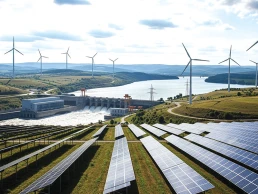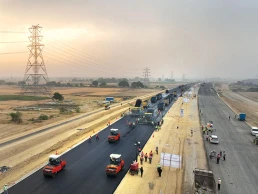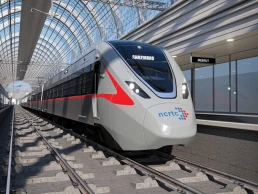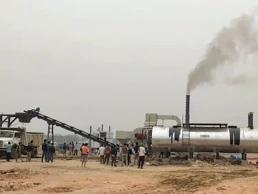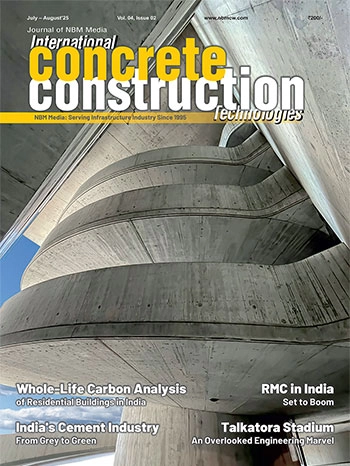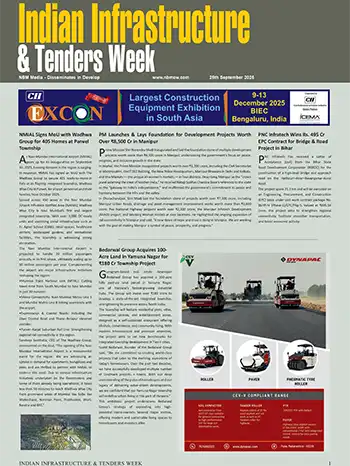Tunnels and Underground Spaces in Nuclear Power Plants

As India accelerates its transition toward sustainable energy, nuclear power is emerging as a crucial pillar of low-carbon electricity generation. In this context, the innovative use of tunnels and underground spaces is redefining how nuclear power plants are built and operated—enhancing safety, efficiency, and environmental compatibility. Sandeep Singh Nirmal, Principal Tunnel Engineer at Jacobs, delves into the strategic role these subterranean systems play in the nuclear energy landscape.
Advantages of Nuclear Power and Its Role in Sustainable Energy Transition
Nuclear power plants offer numerous advantages, making them a crucial component in the global transition to sustainable energy. One of the primary benefits is their ability to generate large amounts of electricity with minimal greenhouse gas emissions. Unlike fossil fuels, nuclear energy produces no carbon dioxide during operation, significantly reducing the carbon footprint and helping combat climate change. This clean energy source is vital for countries like India, which are striving to meet their growing energy demands while adhering to international climate commitments.

































